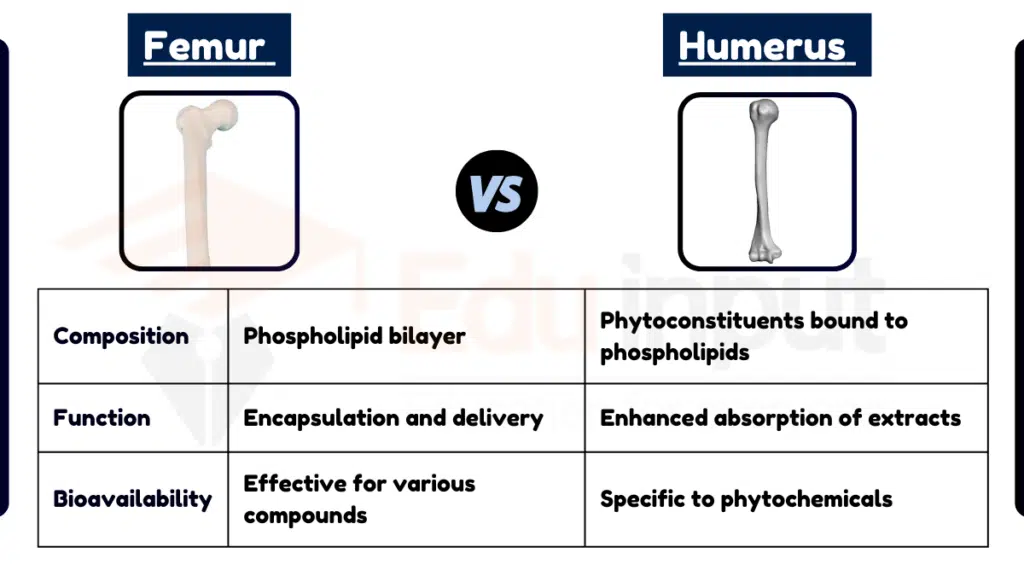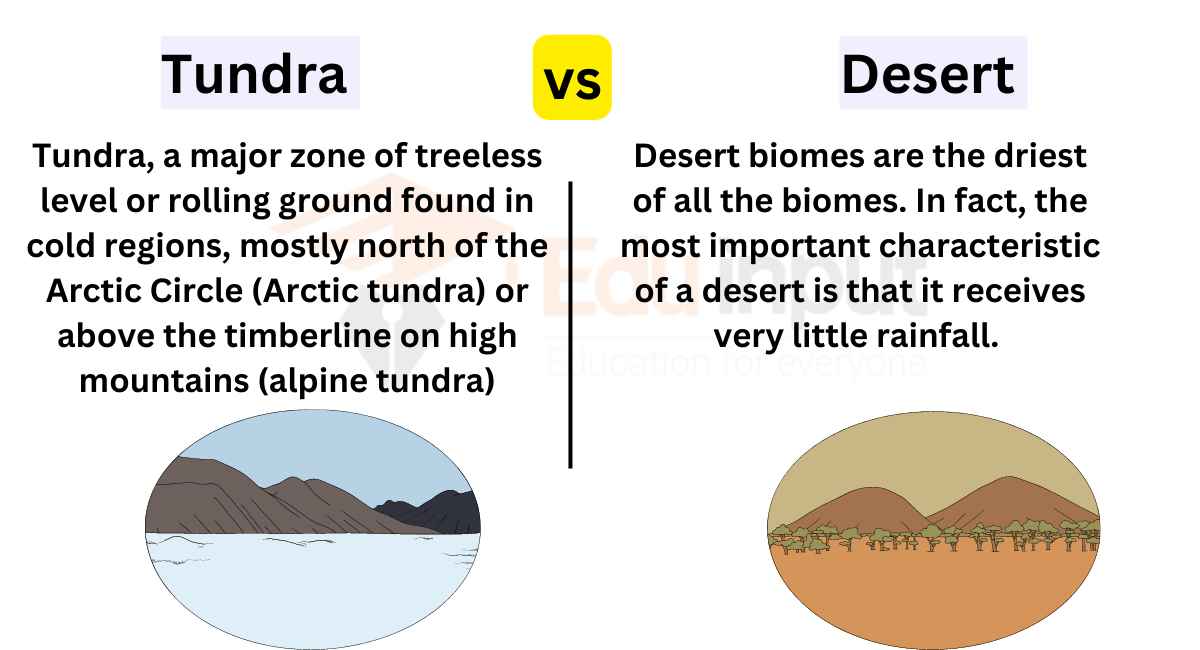Difference Between Femur and Humerus
Key Difference
The femur and humerus are both major bones in the human body, but they differ significantly in their location and function. The femur, or thigh bone, is the longest and strongest bone in the body, located in the upper leg between the hip and the knee. It is important for supporting the weight of the body and facilitating leg movements.

The humerus, on the other hand, is the bone of the upper arm, extending from the shoulder to the elbow. It is essential for the movement and rotation of the arm and serves as an attachment point for muscles that move the arm and forearm.
Comparative Analysis
- Location in the Body
- Femur: Upper leg, from hip to knee.
- Humerus: Upper arm, from shoulder to elbow.
- Function
- Femur: Supports body weight, enables leg movements.
- Humerus: Facilitates arm movements and rotation.
- Length and Strength
- Femur: The longest and strongest bone in the body.
- Humerus: Long, but not as strong as the femur.
- Anatomical Structure
- Femur: Has a ball and socket joint at the hip and a hinge joint at the knee.
- Humerus: Articulates with the scapula at the shoulder and the radius and ulna at the elbow.
- Muscle Attachments
- Femur: Serves as an attachment for thigh and hip muscles.
- Humerus: Attachment point for arm and shoulder muscles.
Table Summary
| Feature | Femur | Humerus |
|---|---|---|
| Location | Upper leg | Upper arm |
| Function | Supports weight, leg movement | Arm movement, rotation |
| Strength | Longest and strongest bone | Long, less strong than femur |
| Structure | Ball and socket joint at hip, hinge at knee | Connects to scapula, radius, and ulna |
| Muscle Attachment | Thigh and hip muscles | Arm and shoulder muscles |
Also Read:







Leave a Reply